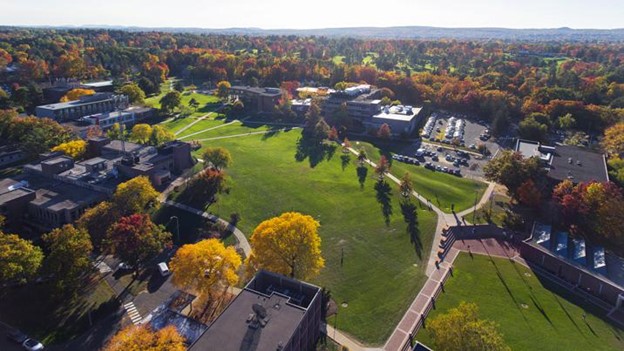2020 Nobel Prize in Physics involves new discoveries about black holes

Image Courtesy of firstpost.com
October 14, 2020
This year’s Nobel Prize in Physics was awarded to Roger Penrose for the discovery that black hole formation is a robust prediction of the general theory of relativity’. Penrose worked with Reinhard Genzel and Andrea Ghez ‘for the discovery of a supermassive compact object at the center of the Milky Way galaxy.
Penrose conducted his profound research at the University of Oxford. Genzel worked at the Max Planck Institute for Extraterrestrial Physics in Garching, Germany, and Ghez was at the University of California, Los Angeles.
Penrose showed his general theory of relativity led to the formation of black holes. Ghez and Genzel discovered that there was an invisible and extremely heavy object that governs the stars’ orbits at the center of our galaxy. The only explanation for these orbits is the existence of a supermassive black hole.
By using specific mathematical methods to prove Einstein’s general theory of relativity, Penrose was able to describe these black holes in thorough detail. This contribution the Einstein’s theory is the only valid research since 1965; ten years after Einstein’s death.
Genzel and Ghez both led their own groups of astronomers in the early 1990s to focus on a region called Sagittarius A* at the center of our galaxy. The orbits of the brightest stars closest to the middle of the Milky Way have been mapped by these groups with increasing precision. It was found after some time that the measurements of these two groups agree, both found an extremely heavy, invisible object that pulls on the bundle of stars, causing them to buzz around space at varying, dizzy speeds. Around four million of these solar masses are packed together in a region no larger than our solar system.
Genzel and Ghez also developed methods to see through the huge clouds of interstellar gas and dust to the center of the Milky Way. They extended the bounds of technology by refining new techniques to compensate for distortions caused by the Earth’s atmosphere, building unique instruments and committing themselves to long-term research. Their pioneering work has given us the most convincing evidence yet of a supermassive black hole at the center of our galaxy.
“The discoveries of this year’s Laureates have broken new ground in the study of compact and supermassive objects. But these exotic objects still pose many questions that beg for answers and motivate future research. Not only questions about their inner structure but also questions about how to test our theory of gravity under the extreme conditions in the immediate vicinity of a black hole,” says David Haviland, chair of the Nobel Committee for Physics.









